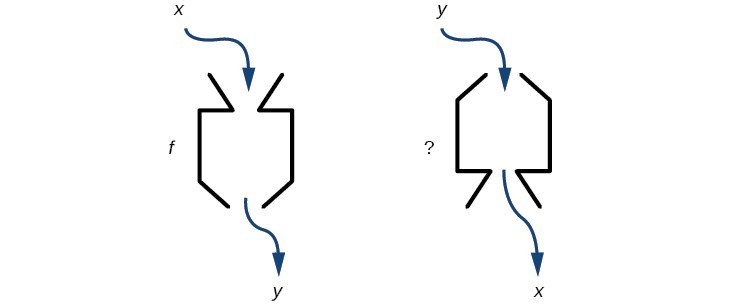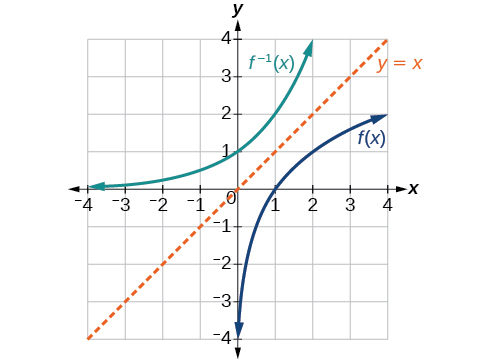Investing in the software sector can be highly profitable, but it also comes with its fair share of risks. Market downturns and sudden price declines can leave investors vulnerable to significant losses. That’s where inverse software ETFs come in.
These unique investment vehicles allow investors to hedge against market downturns and even profit from declining prices in the software sector. In this article, we will delve into what inverse software ETFs are, their benefits and risks, as well as provide a comparison of the top options available.
Additionally, we will offer tips for successful investing with inverse software ETFs and share a real-life case study of an investor’s experience. However, it is crucial to consult a financial advisor before making any investment decisions.
What is an Inverse Software ETF?
Inverse software ETFs are a specialized type of investment that work inversely to the performance of their underlying index or asset class. Unlike traditional ETFs that aim for positive returns when the market grows, inverse software ETFs seek to generate profits during market declines.
By focusing on the dynamic software sector, these funds allow investors to potentially benefit from downturns in the industry while mitigating risks associated with individual stock selection.
Understanding the Benefits of Inverse Software ETFs
Investing in inverse software ETFs offers several advantages. These specialized funds act as a cushion during market downturns, offsetting potential losses in other investments. They also provide an opportunity to profit from declining prices within the software sector by taking short positions on specific stocks.
Additionally, inverse software ETFs help mitigate risks associated with individual stock selection and reduce exposure to volatile companies or events. Overall, these funds offer a unique way to navigate the unpredictable nature of the software industry and enhance portfolio performance.
Evaluating the Risks Involved in Inverse Software ETFs
Inverse software ETFs are not suitable for all investors. These funds are designed for experienced traders and sophisticated investors with a high-risk tolerance. Before considering inverse software ETFs, it is crucial to evaluate your investment goals and risk appetite.
One important aspect to consider is leverage. Many inverse software ETFs use leverage to amplify returns, but this also increases risk. Leverage can lead to significant swings in value and potential losses if the index moves against the fund.
Investors must thoroughly understand how leverage works and be prepared for the potential consequences. Careful evaluation of suitability and comprehension of these risks will help investors make informed decisions when considering inverse software ETFs.
Comparison of Top Inverse Software ETF Options
Investors seeking to profit from market downturns in the software sector have several options when it comes to inverse software ETFs. Here are three top choices:
XYZ has a strong track record of delivering consistent returns during market downturns. It effectively tracks the inverse performance of the software sector and boasts competitive expenses and manageable management fees. With a diversified portfolio, it provides broad exposure while minimizing concentration risk.
ABC takes an innovative approach with an actively managed portfolio. It aims to provide investors with inverse exposure to the software sector through strategic stock selection and timely trades. However, investors should consider higher fees and evaluate historical performance before investing.
DEF stands out with its unique strategy combining short positions on software stocks with options strategies. This offers potential enhanced returns during market downturns. DEF also specializes in specific segments within the software sector, allowing investors to align their goals accordingly.
When comparing these top inverse software ETF options, consider factors such as performance history, expenses, diversification strategies, and specialization within the sector. By conducting thorough research and considering individual investment goals, investors can make informed decisions about the best choice for their portfolio.
Investing in an Inverse Software ETF
To invest in an inverse software ETF, start by setting up a brokerage account with a reputable financial institution. Choose a platform that aligns with your investment goals and offers a wide range of ETF options.
Consider factors such as commission fees, research tools, customer support, and ease of use when selecting a brokerage platform. Look for platforms with educational resources focused on inverse ETFs in the software sector.
By choosing the right platform and conducting thorough research, you can position yourself for success in investing in inverse software ETFs.
Tips for Successful Investing with Inverse Software ETFs
Investing in inverse software ETFs requires thorough research and careful timing. Stay updated on software market trends, including news on mergers, acquisitions, and regulatory changes. Understand the competitive landscape and company fundamentals within the sector to identify potential opportunities or risks.
Diversify your portfolio with other asset classes to manage risk effectively. Consider implementing stop-loss orders to limit potential losses and protect your investment while still benefiting from potential upside movements. By following these tips, investors can increase their chances of success in this specialized market.
Case Study: Real-Life Example of an Investor’s Experience
Investing in inverse software ETFs can be a strategic choice for investors looking to protect their portfolios during market downturns. In this case study, we explore the personal journey of an investor who successfully utilized inverse software ETFs.
They carefully researched and identified software companies likely to face challenges in changing market conditions. By allocating a portion of their portfolio to these ETFs, they profited from declining software prices without shorting individual stocks.
However, the investor faced challenges along the way, including unexpected market fluctuations and unforeseen news events impacting software stocks. Through these experiences, they learned valuable lessons. Staying informed about industry trends and regularly reviewing and rebalancing their portfolio based on market conditions became priorities.
This case study provides actionable insights for those considering investing in inverse software ETFs. It emphasizes the importance of research, staying informed, and being adaptable in order to navigate this investment strategy successfully.
By understanding the risks and rewards involved, investors can make informed decisions aligned with their financial goals and risk tolerance.
Is an Inverse Software ETF Right for You?
Inverse software ETFs offer a unique way to capitalize on the performance of the software sector. They provide inverse exposure, generating positive returns as the market declines. However, it’s important to consider the risks involved. These funds are designed for short-term trading and may not be suitable for long-term investors.
Assess your financial goals and risk tolerance before investing and seek guidance from a qualified financial advisor who can provide personalized advice based on your circumstances. With thorough research and professional guidance, you can determine if an inverse software ETF aligns with your investment strategy.
[lyte id=’SMG_sFc_m8M’]







